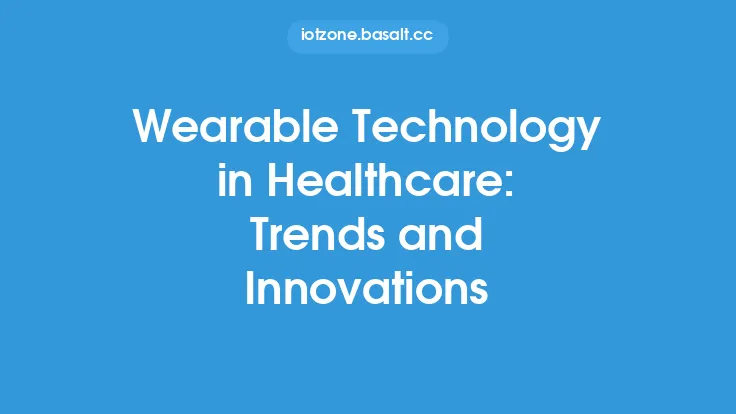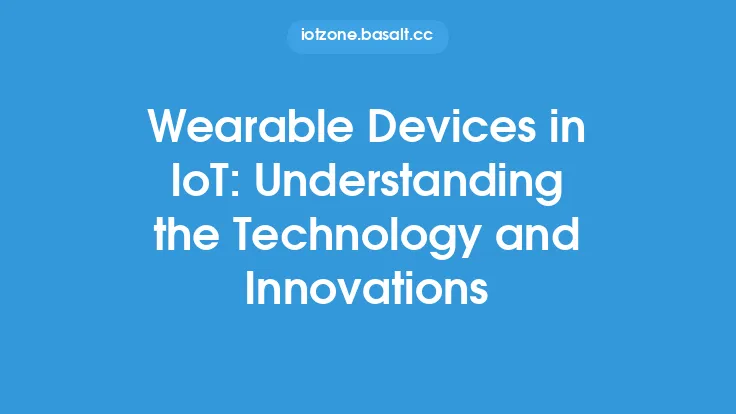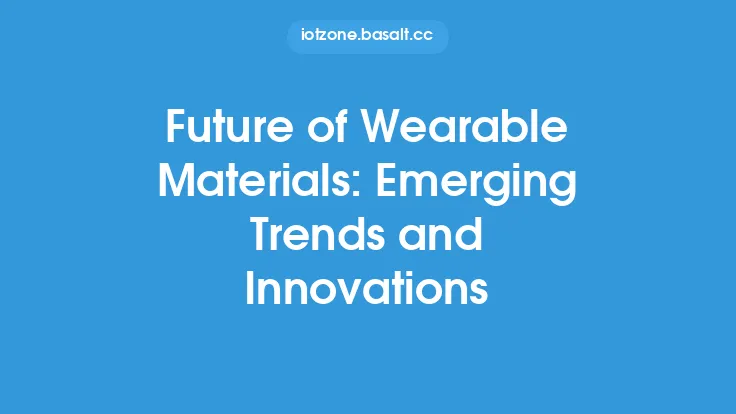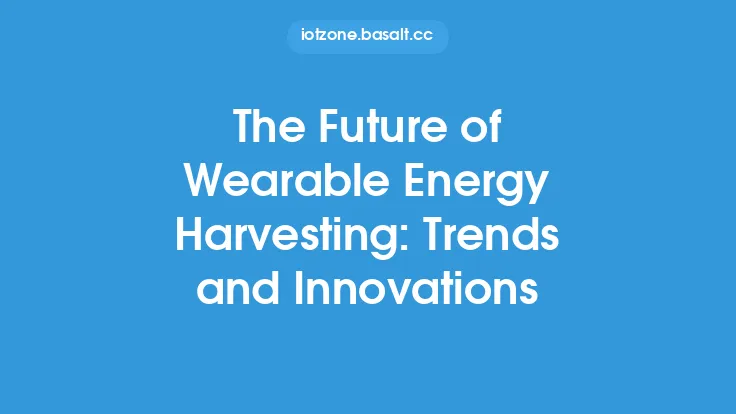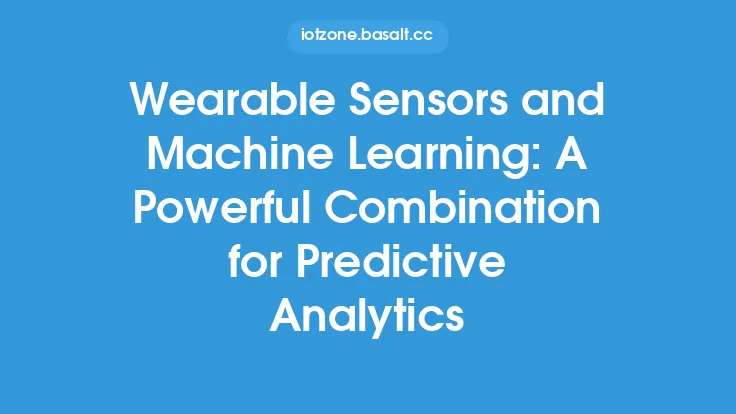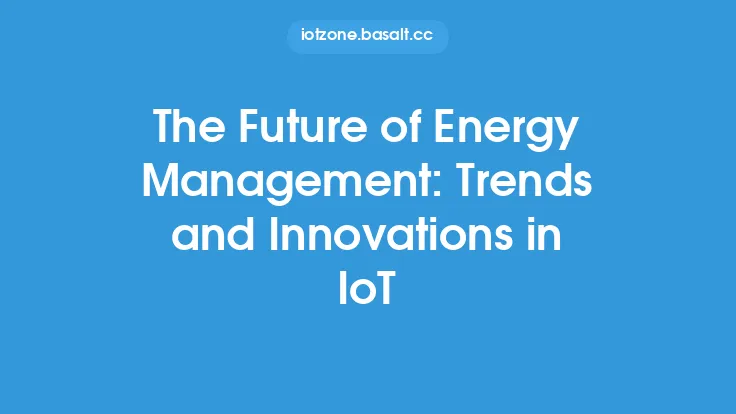The management of chronic diseases is a complex and ongoing process that requires continuous monitoring, treatment, and lifestyle adjustments. Wearable devices have emerged as a promising tool in this endeavor, offering a convenient, non-invasive, and cost-effective way to track various health parameters and provide valuable insights for disease management. These devices have become increasingly sophisticated, incorporating advanced sensors, algorithms, and data analytics to provide accurate and reliable health metrics.
Types of Wearable Devices for Chronic Disease Management
There are several types of wearable devices that can be used for chronic disease management, each with its own unique features and capabilities. These include fitness trackers, smartwatches, smart clothing, and implantable devices. Fitness trackers, such as those from Fitbit or Garmin, are designed to track physical activity, sleep patterns, and other health metrics, providing valuable insights into lifestyle habits and their impact on chronic disease management. Smartwatches, on the other hand, offer more advanced features, including electrocardiogram (ECG) monitoring, blood oxygen level tracking, and notification systems for medication reminders and emergency response. Smart clothing, such as wearable patches or garments, can track a range of health parameters, including vital signs, movement, and environmental factors. Implantable devices, such as pacemakers or implantable cardioverter-defibrillators (ICDs), are used to monitor and manage specific conditions, such as heart failure or arrhythmias.
Sensors and Technologies Used in Wearable Devices
Wearable devices for chronic disease management rely on a range of sensors and technologies to track health parameters and provide accurate data. These include accelerometers, gyroscopes, and magnetometers, which track movement and activity levels; electrodermal activity (EDA) sensors, which monitor skin conductivity and stress levels; and photoplethysmography (PPG) sensors, which track heart rate and blood oxygen levels. Other technologies used in wearable devices include GPS, Bluetooth, and Wi-Fi, which enable data transmission and synchronization with smartphones or cloud-based platforms. Advanced algorithms and machine learning techniques are also used to analyze data from these sensors, providing insights into health trends and patterns.
Applications of Wearable Devices in Chronic Disease Management
Wearable devices have a range of applications in chronic disease management, including monitoring, diagnosis, and treatment. For example, wearable devices can be used to track blood glucose levels in patients with diabetes, providing real-time insights into glucose trends and enabling more effective management of the condition. Wearable devices can also be used to monitor blood pressure, heart rate, and other cardiovascular parameters, enabling early detection and management of conditions such as hypertension and heart failure. Additionally, wearable devices can be used to track physical activity, sleep patterns, and other lifestyle habits, providing valuable insights into the impact of these factors on chronic disease management.
Data Analytics and Interpretation
The data generated by wearable devices is only useful if it can be accurately analyzed and interpreted. Advanced data analytics techniques, including machine learning and artificial intelligence, are used to analyze data from wearable devices, providing insights into health trends and patterns. These techniques can help identify early warning signs of disease exacerbation, enabling prompt intervention and preventing complications. Data analytics can also help identify correlations between lifestyle habits and health outcomes, enabling personalized recommendations for disease management. Furthermore, data analytics can help healthcare providers track patient engagement and adherence to treatment plans, enabling more effective management of chronic diseases.
Integration with Healthcare Systems
The effective use of wearable devices in chronic disease management requires integration with healthcare systems, including electronic health records (EHRs), telemedicine platforms, and patient portals. This integration enables healthcare providers to access data from wearable devices, providing a more comprehensive understanding of patient health and enabling more effective disease management. Integration with healthcare systems also enables patients to access their own health data, promoting patient engagement and empowerment. Furthermore, integration with healthcare systems can help reduce healthcare costs, improve health outcomes, and enhance the overall quality of care.
Future Directions and Challenges
The use of wearable devices in chronic disease management is a rapidly evolving field, with new technologies and innovations emerging continuously. Future directions include the development of more advanced sensors and algorithms, enabling more accurate and reliable health metrics. Additionally, there is a growing focus on the use of wearable devices in personalized medicine, enabling tailored treatment plans and more effective disease management. However, there are also challenges to be addressed, including issues related to data security, privacy, and interoperability. Furthermore, there is a need for more research on the clinical effectiveness and cost-effectiveness of wearable devices in chronic disease management, as well as the development of clear guidelines and standards for their use.
